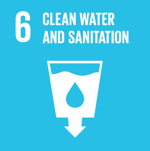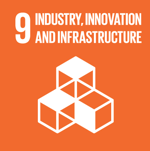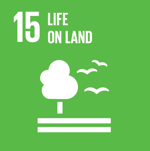Agrosilvopastoral systems
 Costa Rica
Costa Rica
 Colombia
Colombia
 Nicaragua
Nicaragua
Executive Summary
The project considered technological options to improve economic, social, and environmental indicators on farms with coffee and livestock systems, as well as to strengthen local capacities for planning and designing better systems and linking them to markets.
The livelihoods analysis was approached in a comprehensive way by means of classifying 322 farms to describe human, natural, social, physical and economic capitals. Through cluster analysis, the surveyed households were classified into groups where the particular reality of each one, its relationship with the environment and a projection of its development and well-being in the medium and long term, are defined.
Success factors, linked to markets, were identified for different products derived from agrosilvopastoral systems, for example: appropriate organization to reduce production costs; bargaining power to improve prices; negotiating differentiated payments for product quality; added value of products to capture higher profits, and innovation with BPA to improve profitability and conserve natural resources.
The adoption of agrosilvopastoral technologies depends on endogenous and exogenous factors. The former considers human, natural, physical, economic and social capital and are easier to influence. Exogenous factors (climate, public infrastructure, markets, legal policy framework and technical assistance) are more difficult to link with adoption processes.
The technological solution
The livelihood analysis to define different capitals (human, natural, social, physical and economic) was the main tool used by the project to study and define the situation of a large sample of families in three countries, which practice complex agrosilvopastoral systems. The complexity derives from the multiple interactions of tropical systems where crops, animals, and trees interact with the natural resources that support them.
Additionally, the project considered market options by defining criteria and success routes, emphasizing in all cases training actions for participating families.
Results
Based on the information on capital endowment, the portfolio and the diversity index of life strategies were quantified and the farms were grouped into conglomerates. The nature of each value chain was defined and successful agribusinesses were identified to systematize the factors that contribute to successful agricultural initiatives geared to markets, for example, positive environmental management, the quality of products, added value, among others.
As a next step, ASPS models were designed based on the demands of priority chains, including research topics. Then, 25 farms were selected under pre-agreed criteria, planning was carried out and field schools were established to enhance training of neighboring producers. The analysis of contributing and restrictive policies for the development of ASPS systems allowed defining what factors contribute or restrict the expansion of ASPS.
The project promoted the development of four master's theses, four undergraduate theses, three bulletins and nine technical reports. In addition, a book that puts together the most relevant research experiences of the project was published and distributed to members.
Beneficiaries
The Project directly provided training benefits, new technologies and market information to a total of 322 families, as well as technicians and specialists through undergraduate and postgraduate projects. Although the number of indirect beneficiaries was not quantified, it is estimated that it was significant, considering –in particular- that the Field Schools included hundreds of people from neighboring families.
Sustainable Development Goals





Participating Organizations
Executor
- Centro Agronómico Tropical de Investigación y Enseñanza (CATIE) - Costa Rica
Co-executor
- Instituciones Costarricenses - Costa Rica
- UdeC - Colombia
- UCA - Nicaragua
Graphics and data
Financing by country (in USD)

























